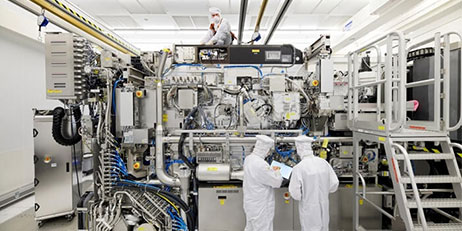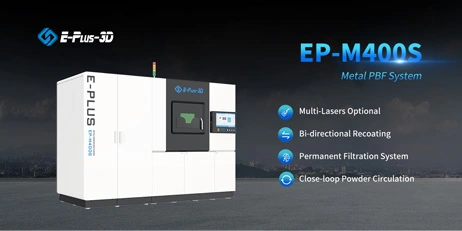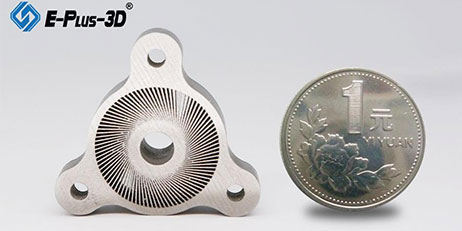In recent years, due to the rapid development of electronic components and their application products, heat loss and thermal safety issues have become increasingly prominent. As a heat dissipation functional component, electronic product radiators play an increasingly important role in the application of electronic products. According to public literature surveys, thermal management of electronic products is a $10 billion market and a potential beneficiary of this technology.
And 3D printing will play an important role in promoting the complexity of the radiator structure. The use of 3D printing in the manufacture of radiators or heat exchangers meets the development trend of products that tend to be compact, efficient, modular, and multi-material, especially It is used for processing special shapes, integrated structures, thin walls, thin fins, micro channels, very complex shapes, lattice structures, etc. 3D printing has advantages that traditional manufacturing technology does not have.
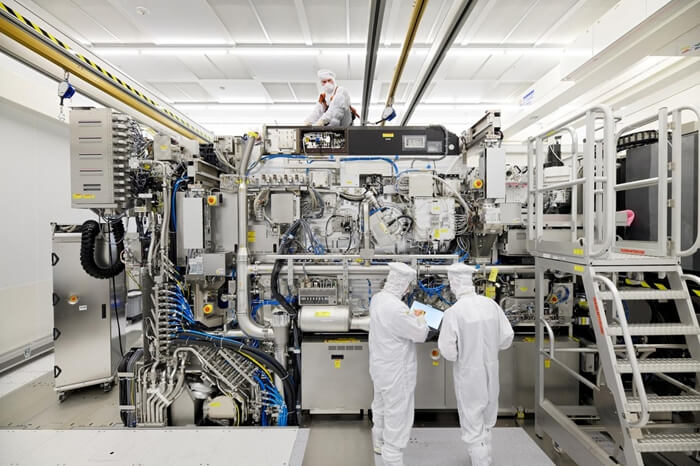
Light weight design
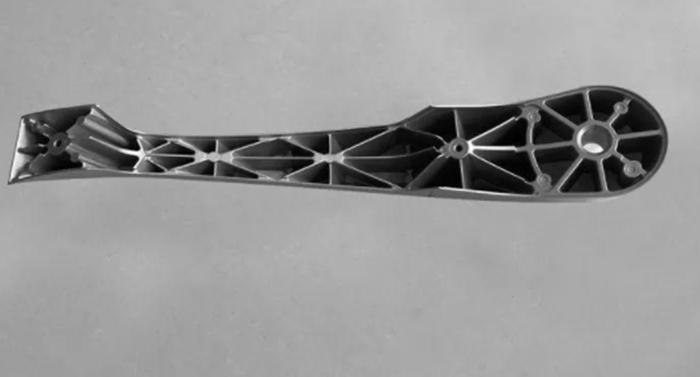
There are more than 100,000 components in the lithography machine. Each of them is relatively small, and thousands of dedicated parts may be required from implementation to production operation. This is a complex system that contains a relatively low number of large supply chains from suppliers. Therefore, a compromise solution was designed at almost all positions inside the lithography machine.
In many cases, 3D printing-additive manufacturing may enable these systems to be closer to the theoretically expected working environment, rather than compromise on machine operations. The direct benefits of 3D printing include higher precision, higher production capacity, faster cycle times, and even make each machine produce more wafers per week. In some cases, you will also see higher imaging quality of the entire wafer. This will mean less waste and higher quality products.
Conformal Channel
There are many manifold fluid lines inside the lithography machine, and 3D printing-additive manufacturing is much better in producing parts with conformal or internal cooling structures to obtain better fluid manifold dynamics. Designers no longer have to compromise design in order to adapt to manufacturing technology. For the lithography machine, the designer can eliminate the connections of various tubes previously used.
Through additive manufacturing, it is possible to build a more complex fluid manifold or cooling structure design that prioritizes functions, without the need for compromises like traditional designs. In the end, a smooth channel or a channel without right-angle bends will be obtained to improve dynamic performance.
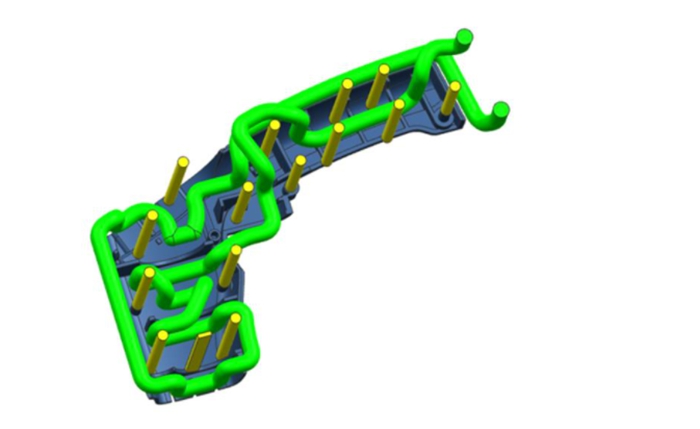
Structural integration design-instead of brazing
Traditionally, the adjustment plate and cooling table are brazed. Braze multiple parts together to create a single assembly. The advantage provided by additive manufacturing here is that it is possible to design structurally integrated parts, thereby reducing the number of parts and replacing brazing.
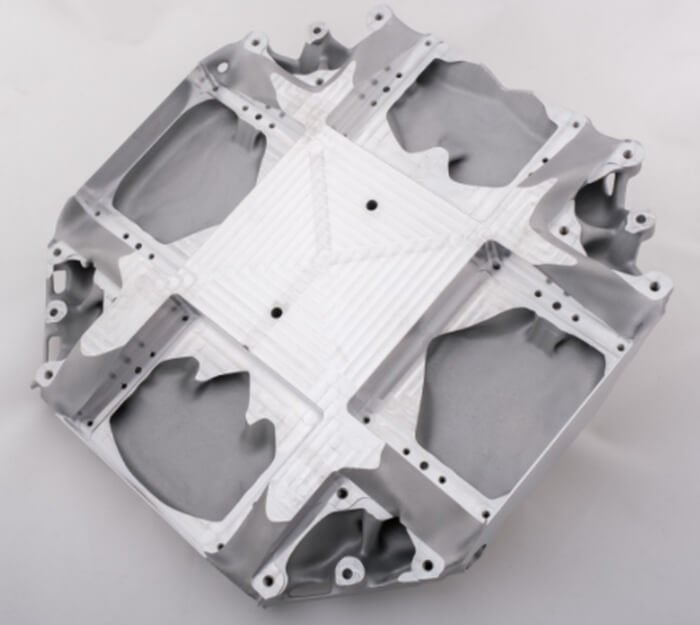
However, through 3D printing-additive manufacturing technology, all these steps can be omitted. Especially for components that achieve structural integration, new design concepts can be iterated quickly, saving the cost and time of reordering different parts, which will enable designers to obtain ideal functional advantages faster.
